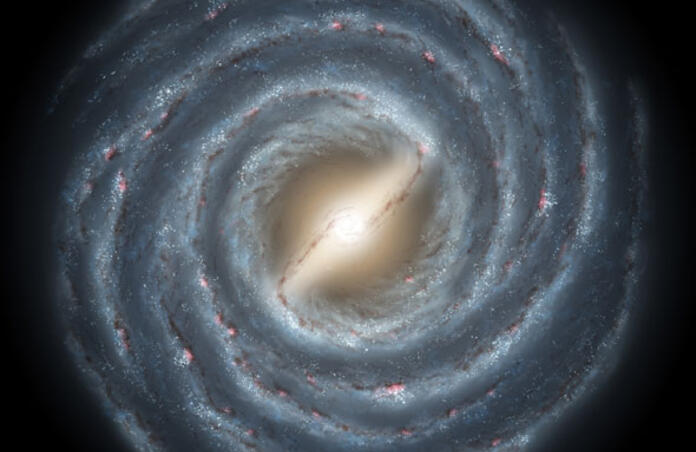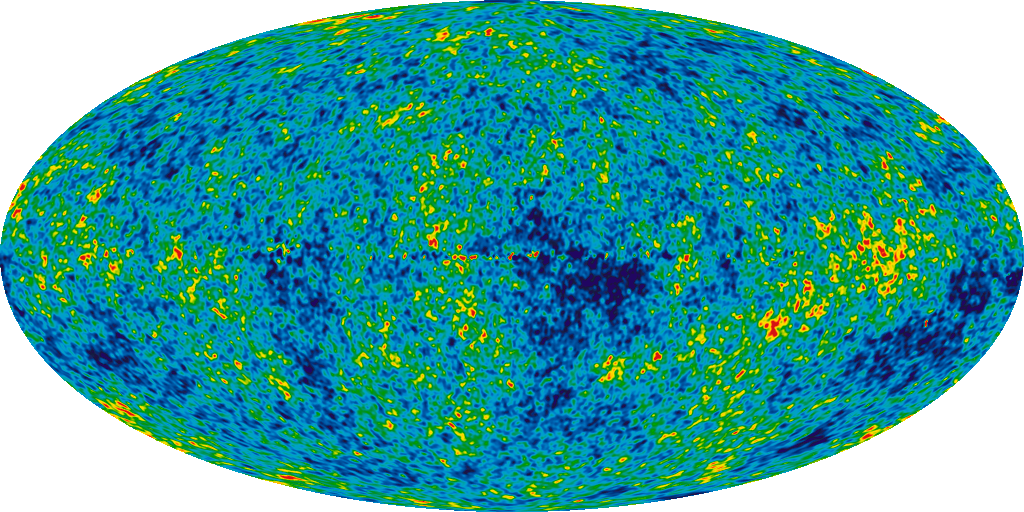The Milky Way May Reside Within a Gigantic “Bubble”

Ever since the Big Bang, the universe has been expanding at a calculable rate, though the exact rate is still in dispute. The universe's rate of expansion was famously discovered by Edwin Hubble back in 1929. Hubble determined that every single galaxy is slowly moving away from the Milky Way and that the most distant ones are moving away even faster. This rate of expansion, known as the Hubble Constant, is currently around 70 kilometers per second per megaparsec. However, there are two unique methods of calculating the Hubble Constant—and the two always offer significantly different results.
The Two Methods of Measuring the Hubble Constant
The Hubble Constant can be found by either studying cosmic microwave background (CMB) radiation or by observing the precise distances of very bright supernovae in far-away galaxies. The first method, which involves studying the CMB (radiation left over from the Big Bang), outputs a value of precisely 67.4 km/s per megaparsec. The other method, which measures distant and exceptionally bright supernovae, provides a value of 74 km/s per megaparsec—a rather noticeable difference.

Though both methods have improved over the years since their introductions, they still manage to perplex physicists as to why they offer such differing results. Lucas Lombriser, a physics professor at the University of Geneva (UNIGE) in Switzerland, has provided a new hypothesis that may finally conclude the scientific debate. Lombriser states that "These two values carried on becoming more precise for many years while remaining different from each other. It didn't take much to spark a scientific controversy and even to arouse the exciting hope that we were perhaps dealing with a 'new physics.'"
Lombriser suggests that the universe is not entirely homogeneous and that our solar system may be in a type of “bubble” where the density of matter is lower than the rest of the universe. Such a difference would effectively make many of our seemingly precise calculations wrong, including the distances of supernovae.
The Milky Way is in a Giant Bubble
Lombriser points out that “if we were in a kind of gigantic ‘bubble,’ where the density of matter was significantly lower than the known density for the entire universe, it would have consequences on the distances of supernovae and, ultimately, on determining Ho (the Hubble Constant).” Lombriser established that this "bubble" would be 250 million light-years in diameter, encompassing a large portion of the universe, including the Milky Way. It would also be 50% lower in overall density. Using his established parameters, Lombriser was able to bring the second method of calculating the Hubble Constant into an agreement with the first, at 67.4 km/s per megaparsec.
This research isn't merely just a pipe-dream either. According to Lombriser, “the probability that there is such a fluctuation on this scale is 1 in 20 to 1 in 5, which means that it is not a theoretician’s fantasy. There are a lot of regions like ours in the vast universe.”